Black Is Beautiful: The Kwame Brathwaite Story – exhilarating record of game-changing photographer
Share
Explore Our Galleries
Breaking News!
Today's news and culture by Black and other reporters in the Black and mainstream media.
Ways to Support ABHM?
By Peter Bradshaw, The Guardian
Brathwaite’s empowering images of African Americans in the 1960s gave a new generation a fresh template for representation, brilliantly honoured here
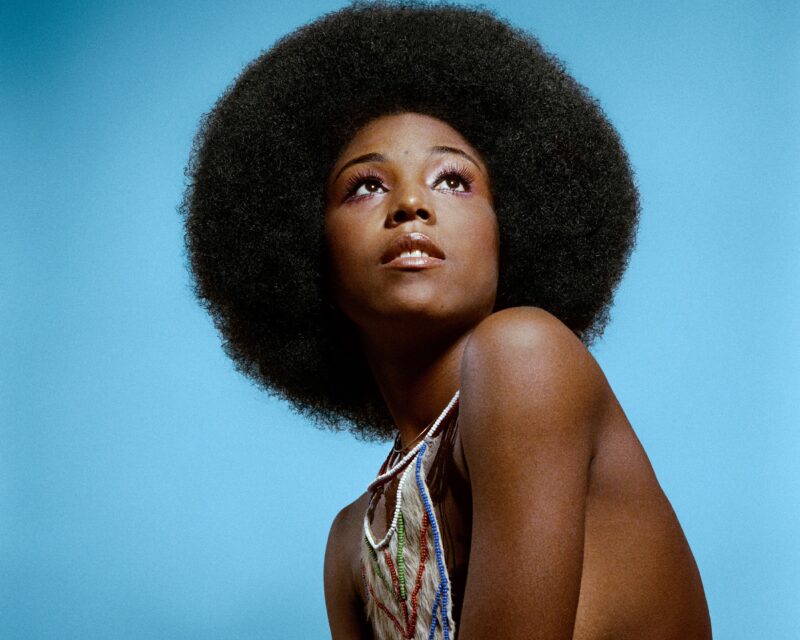
There have been some fascinating documentaries about photographers: Tish Murtha; Martin Parr; Vivian Maier. Maybe the movie documentary form is something that naturally comes alive when showcasing particularly vivid still images. Here is another outstanding example, from writer-director Yemi Bamiro, about the remarkable career of Kwame Brathwaite, a photographer, musician and African American activist who was a unique politico-aesthete. With his brother Elombe Brath, he virtually invented the phrase “Black Is Beautiful” in the 1960s by photographing the Grandassa Models in Harlem: young African American women who became the sensational template for beauty, doing away with the usual cosmetic products and the usual white standard of femininity.
Black Is Beautiful became a radical rallying cry, an inspired three-word prose poem and manifesto for change. Simply to assert that black people were beautiful was a liberating force in art, politics and culture, and Brathwaite became a part of Black power’s pan-Africanist movement by photographing Muhammad Ali before his Rumble in the Jungle fight in Zaire in 1974. He was the exclusive photographer for the Jackson 5’s African tour, and became the house photographer for the Apollo theatre, building an amazing archive of black musicians, and with Elombe was the driving force behind bringing Nelson Mandela to speak in Harlem.
His son Kwame Jr is interviewed and he recounts the family’s mission to get his father’s legacy and achievement properly recognised after he was hurtfully overlooked in Washington DC’s National Museum of African American History and Culture, opened by Barack Obama in 2016.
Bradshaw discusses the film in his review.
Discover other activists in the 1960s.
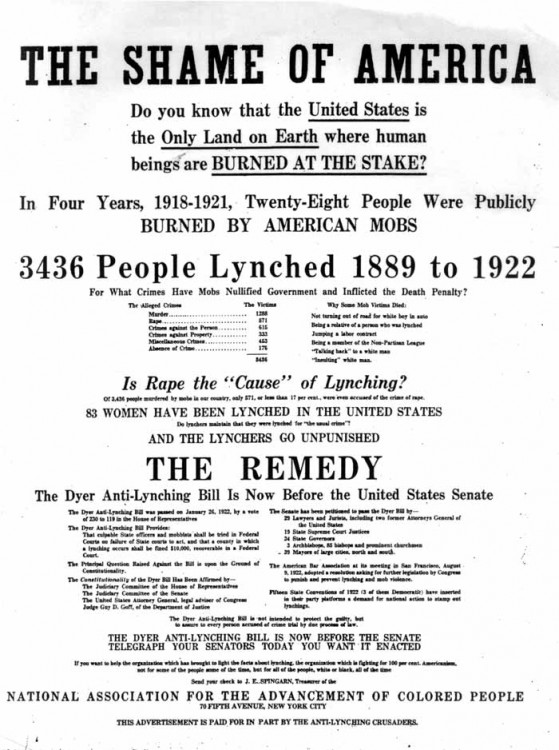
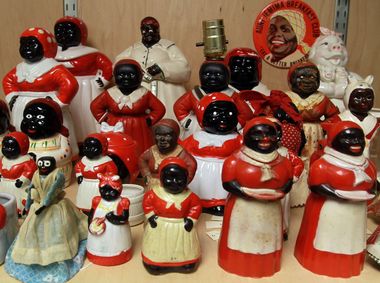


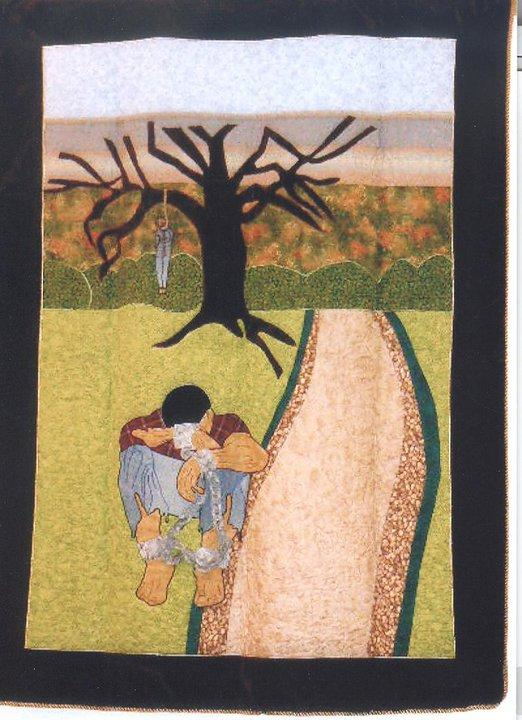

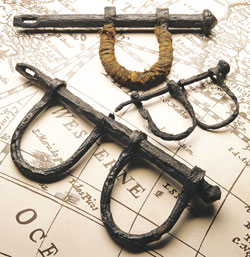


Comments Are Welcome
Note: We moderate submissions in order to create a space for meaningful dialogue, a space where museum visitors – adults and youth –– can exchange informed, thoughtful, and relevant comments that add value to our exhibits.
Racial slurs, personal attacks, obscenity, profanity, and SHOUTING do not meet the above standard. Such comments are posted in the exhibit Hateful Speech. Commercial promotions, impersonations, and incoherent comments likewise fail to meet our goals, so will not be posted. Submissions longer than 120 words will be shortened.
See our full Comments Policy here.